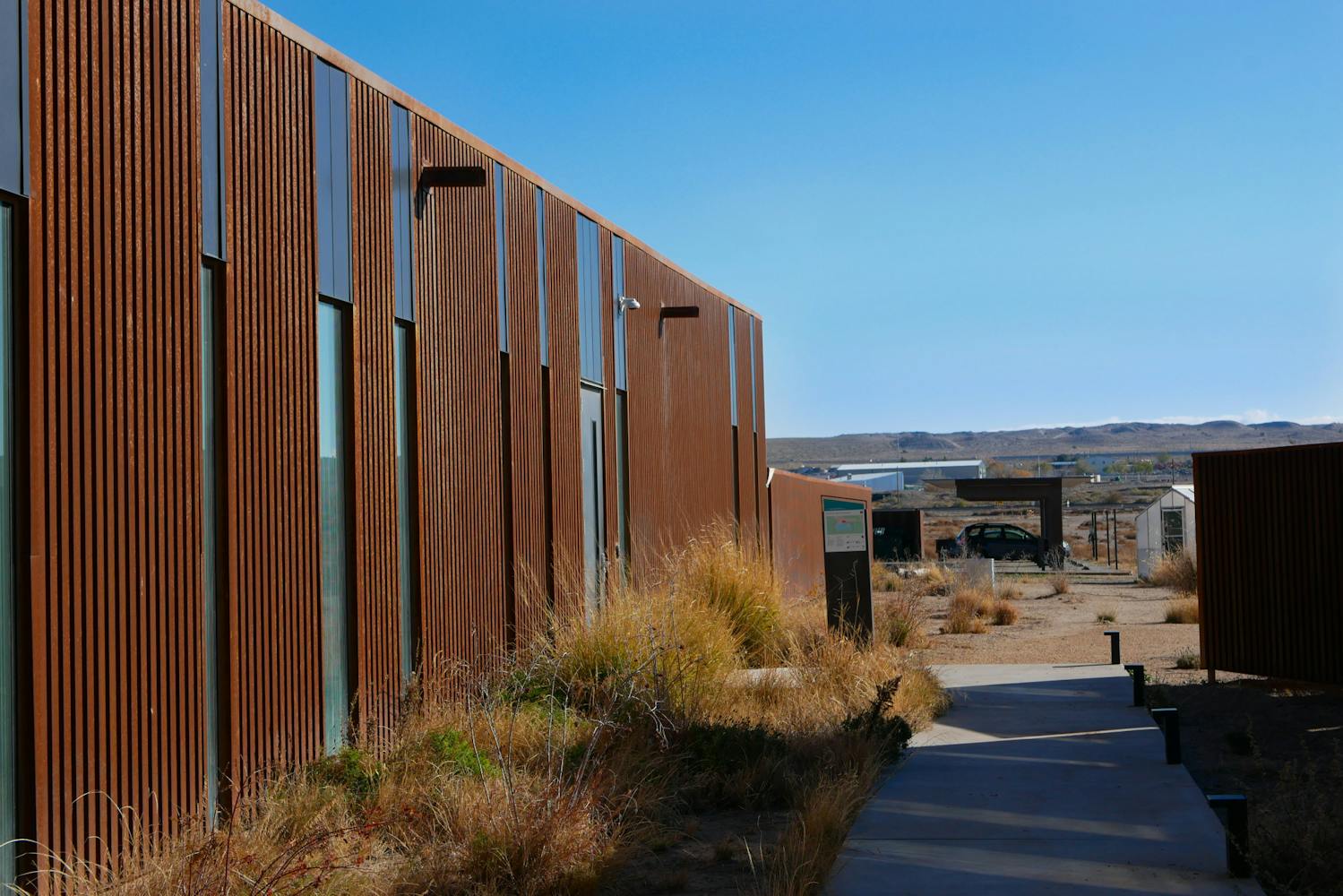Albuquerque is filled with a multitude of different sources of natural beauty. Whether the Sandia Mountains, the Rio Grande, the Bosque or the city’s Botanical Gardens, there are several beautiful sites, including National Wildlife Refuges that take care of hundreds of flora and fauna.
The Valle de Oro refuge is located behind the industrialized zone of the South Valley off of Second St., consisting of 570 acres. After opening 11 years ago in 2012, Valle de Oro’s mission is to transform the dirt-based area into a lush open space where people can come to connect with nature amidst the growing industrialization of the area, according to the U.S. Fish and Wildlife Services website.
Dakota Dominguez, a park ranger of five years and the Youth Employment program Coordinator, spoke about his hopefulness for Valle de Oro.
“At Valle de Oro, we’re participating in the act of creating a wildlife habitat where there hasn’t been a good habitat. So, it’s a hopeful project that's really invested in the future,” Dominguez said.
While the land is now known as the Valle de Oro Refuge, Dominguez acknowledged that the land is the traditional and ancestral land of the Tiwa people, originally used for farming and living. Valle de Oro has made the effort to work with the Isleta Pueblo throughout the development of the space – according to the F&WS website.
“It’s a work in progress still. We’re one of the youngest National Wildlife Refuges here in the city, and we are invested for the future – a future that could span to the next two, maybe even three generations ahead of us,” Dominguez said.
The space itself is settled between Second St. and the Rio Grande Bosque where it is connected to the network of trails within the Bosque. On-site, there is a single visitor center and a collection of small ponds housing fish outside of the building with the rafters of the building filled with nests made for swallows.
Walking trails made up of gravel take the visitor along a set of paths that go past multiple small billboards that display local artists’ work, along with benches to sit and gaze. Young cottonwood trees and others are planted throughout the sunny space along the way toward the Bosque where a bridge must be crossed.
The Bosque trails that exist within the thick canopy of trees and foliage are exclusive to the southern part of the Bosque and cannot be accessed from the Rio Bravo south trails. Residing at the southern tip of Second St. gives the trails and Bosque a different feeling in comparison to the other access points within the city.
The Valle de Oro Wildlife Refuge is free of charge for all visitors, with access to information in the visitor center. They provide a full course of education for visitors to learn about the species that reside within the refuge and the Bosque as a whole. Community member and visitor Derek Zamora said it’s a great place for families and those who love bird watching and stargazing.
“We’ve only been here a few times, but we love coming out to see the birds at the visitor center and to just walk around on a beautiful day,” Zamora said.
Dogs are allowed at the refuge, but must be leashed to preserve the peace of migrating birds, like the sandhill cranes that migrate through New Mexico during the winter, Dominguez said.
Get content from The Daily Lobo delivered to your inbox
While among the sectors of industrialization, the Valle de Oro National Wildlife Refuge offers a great escape to the outdoors for all who live in the city.
BillyJack Davidson is a beat reporter at the Daily Lobo. He can be reached at culture@dailylobo.com or on Twitter @BillyJackDL
BillyJack Davidson is a beat reporter at the Daily Lobo. He can be reached on Twitter @BillyJackDL














